STEAM stands for Science, Technology, Engineering, Arts, and Mathematics. It is all about exploring, experimenting, and discovering new things through hands-on activities. Preschoolers are naturally curious, making this the perfect time to introduce them to the wonders of STEAM.
What is STEAM?
STEAM is an interdisciplinary approach that encourages students to think critically, solve problems, and create innovatively. Each of the five disciplines in STEAM offers unique benefits for young learners—
STEAM Discipline | Benefits |
Science | Encourages curiosity, observation, and understanding of the natural world. |
Technology | Develops technical skills, problem-solving abilities, and familiarity with digital tools. |
Engineering | Enhances design thinking, creativity, and understanding of how things work. |
Arts | Fosters creativity, emotional expression, and appreciation of aesthetics. |
Mathematics | Builds foundational numeracy skills, logical thinking, and pattern recognition. |
Importance of STEAM Activities
- STEAM activities are essential for preschoolers because they:
- Foster creativity and innovation.
- Develop critical thinking and problem-solving skills.
- Encourage collaboration and teamwork.
- Build confidence and resilience.
- Prepare children for future academic and career success.
By engaging in STEAM activities, preschoolers can explore their interests, learn through play, and develop a lifelong love for learning.
Engaging STEAM Activities for Preschoolers
- Science: Fizzy Rainbow Experiment
- Baking soda
- Vinegar
- Food coloring
- Small containers or cups
- Eye droppers or small spoons
- Fill each container with a different colour of food colouring mixed with vinegar.
- Spread a layer of baking soda on a tray or plate.
- Let the children use eye droppers or spoons to drop the coloured vinegar onto the baking soda and watch the fizzy reaction!
- Technology: Building with Recycled Materials
- Recycled materials (e.g., cardboard boxes, plastic bottles, paper rolls)
- Tape and glue
- Scissors (with adult supervision)
- Markers and stickers for decoration
- Gather a variety of recycled materials.
- Let the children brainstorm what they want to build (e.g., a robot, a house, a car).
- Help them cut, tape, and glue the materials together to create their structure.
- Encourage them to decorate their creations with markers and stickers.
- Engineering: Marshmallow and Toothpick Towers
- Mini marshmallows
- Toothpicks
- Provide each child with a handful of mini marshmallows and toothpicks.
- Show them how to connect the marshmallows and toothpicks to create shapes.
- Challenge them to build the tallest tower they can.
- Arts: Nature Collage
- Paper or cardboard
- Glue
- Scissors (with adult supervision)
- Nature items (e.g., leaves, flowers, sticks, pebbles)
- Go on a nature walk and collect various items from the environment.
- Provide each child with a piece of paper or cardboard as a base.
- Let them arrange and glue the natural items onto the base to create a beautiful collage.
- Encourage them to talk about the items they collected and their collage.
- Mathematics: Counting and Sorting Activities
- Various small objects (e.g., buttons, beads, blocks)
- Containers or trays
- Number cards (optional)
- Provide a variety of small objects.
- Ask the children to count the objects and sort them by colour, size, or shape.
- Use number cards to help them match objects to the corresponding numbers.
- Science: Planting Seeds
- Seeds (e.g., beans, sunflower seeds)
- Small pots or cups
- Soil
- Water
- Fill the pots or cups with soil.
- Plant the seeds according to the instructions on the seed packet.
- Water the seeds and place the pots in a sunny spot.
- Observe the growth of the plants over time and discuss the changes.
- Technology: Simple Circuits
- Battery
- Small light bulb or LED
- Copper tape or wires
- Connect the other end to the light bulb or LED.
- Complete the circuit by connecting the light bulb or LED to the negative terminal of the battery.
- Watch the light bulb or LED light up!
Science is all about asking questions and finding answers through experiments. The fizzy rainbow experiment is a fun way to introduce preschoolers to the basics of chemical reactions.
Materials Needed:
Steps:
Fun Fact: Baking soda (a base) reacts with vinegar (an acid) to produce carbon dioxide gas, which creates the fizz!
Technology is not just about computers and gadgets. It is also about creating and building. Using recycled materials to build structures is a great way to encourage creativity and problem-solving.
Materials Needed:
Steps:
Fun Fact: Using recycled materials for building helps teach kids about sustainability and the importance of recycling!
Engineering is all about designing and building structures. The marshmallow and toothpick tower activity is a fun and tasty way to introduce preschoolers to basic engineering concepts.
Materials Needed:
Steps:
Fun Fact: Engineers use shapes like triangles and squares to create strong and stable structures. Which shapes work best for your tower?
Art is a wonderful way for preschoolers to express themselves and explore their creativity. Making a nature collage combines art with a bit of science and a lot of imagination.
Materials Needed:
Steps:
Fun Fact: Nature collages help children appreciate the beauty of the natural world and explore different textures and shapes!
Mathematics is all about numbers, patterns, and problem-solving. Counting and sorting activities are simple yet effective ways to introduce preschoolers to basic math concepts.
Materials Needed:
Steps:
Fun Fact: Sorting and counting activities help develop fine motor skills, pattern recognition, and number sense!
Gardening is a wonderful way to teach preschoolers about plant life cycles and the importance of caring for the environment.
Materials Needed:

Steps:
Fun Fact: Watching plants grow from seeds teaches patience and responsibility while connecting kids to nature!
Introduce preschoolers to the basics of electricity with simple circuit activities.
Materials Needed:
Steps:
Connect one end of the copper tape or wire to the positive terminal of the battery.
Fun Fact: Creating simple circuits helps kids understand the flow of electricity and basic electrical components!
Conclusion
Engaging preschoolers in STEAM activities is a fantastic way to nurture their curiosity, creativity, and critical thinking skills. By incorporating hands-on and fun activities, we can make learning an exciting adventure. From fizzy experiments and building projects to nature art and math games, there is a whole world of discovery waiting for young minds. So, gather your materials and embark on a STEAM-filled journey with your little ones!
For more such informative/interesting blogs, Visit Mother’s Pet Kindergarten.
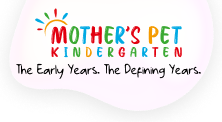
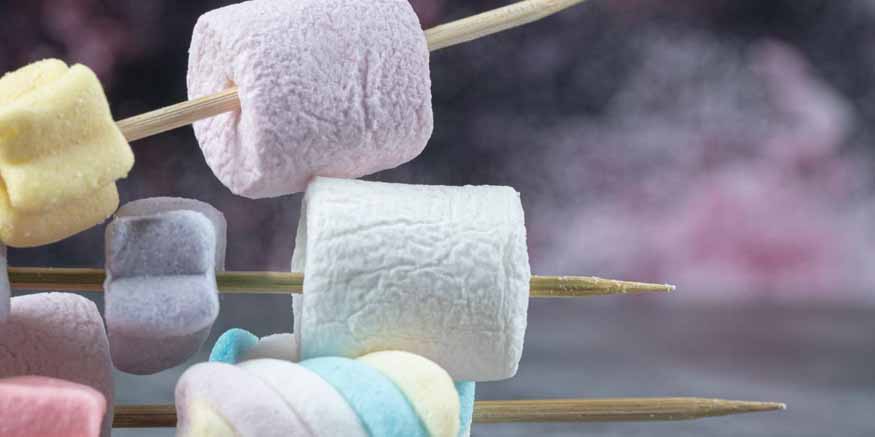
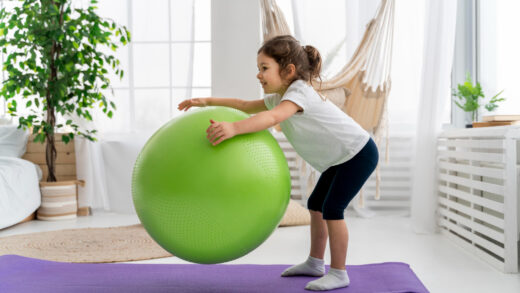
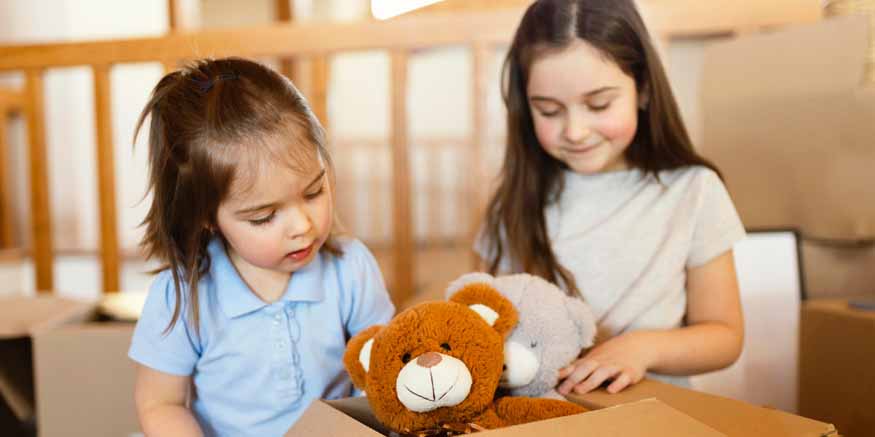

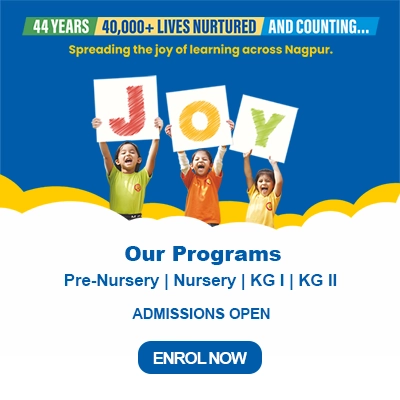
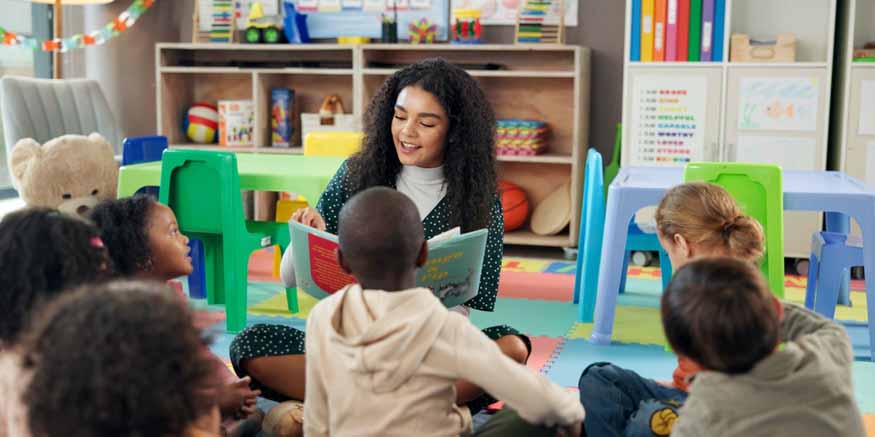
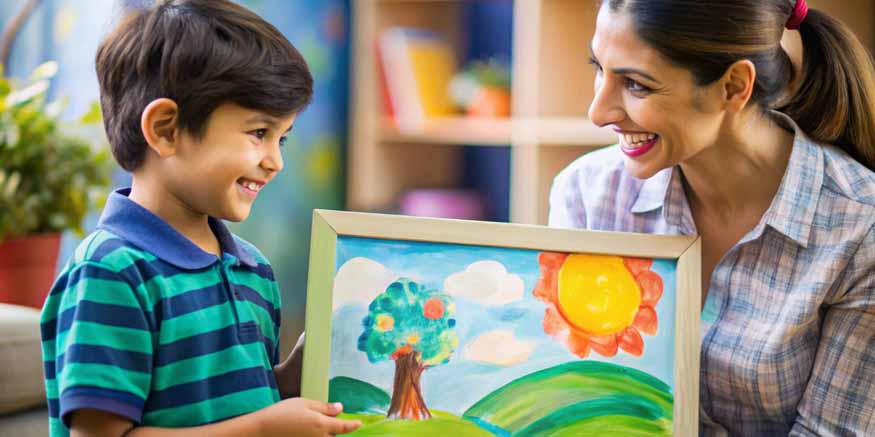
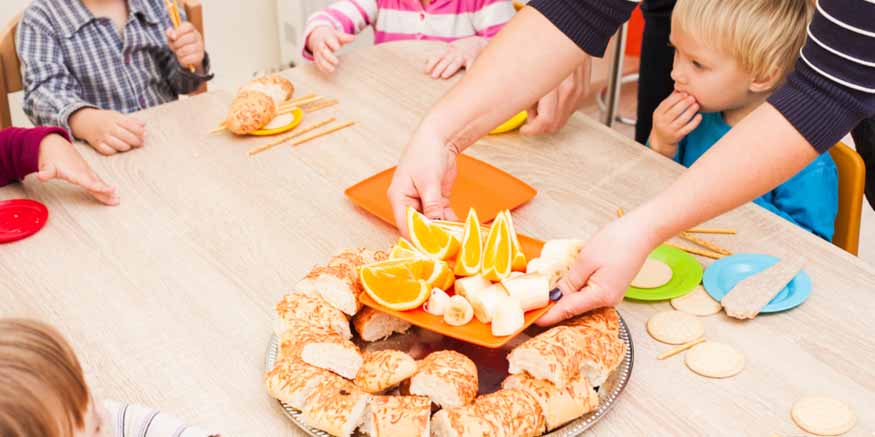
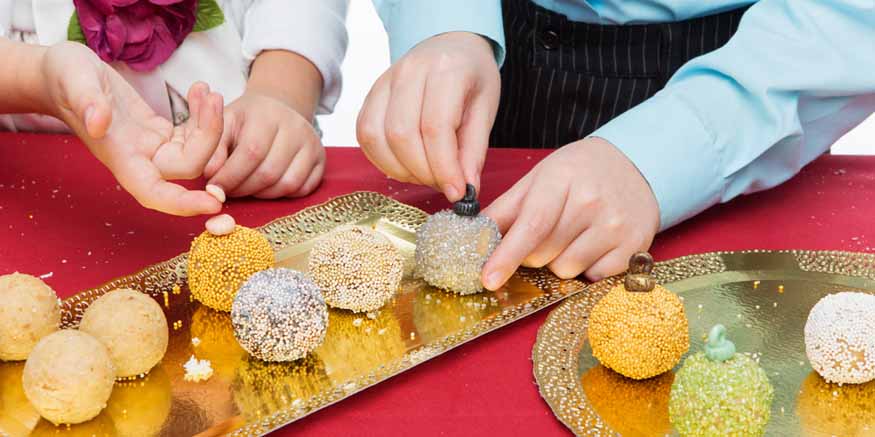
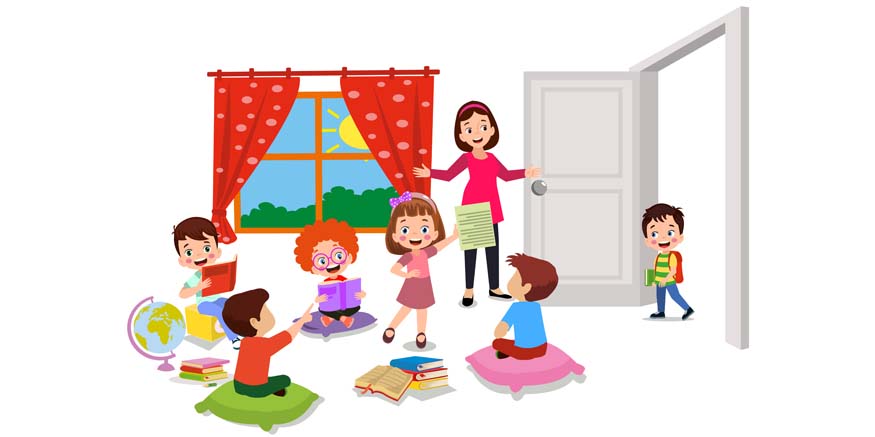
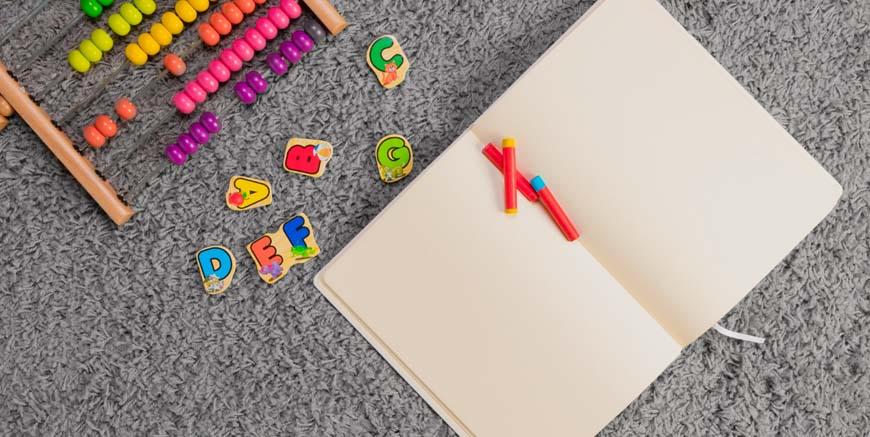
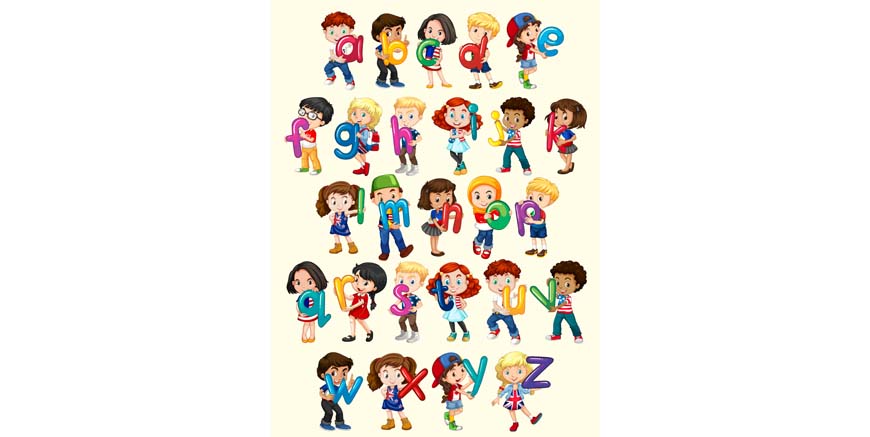
Recent Comments